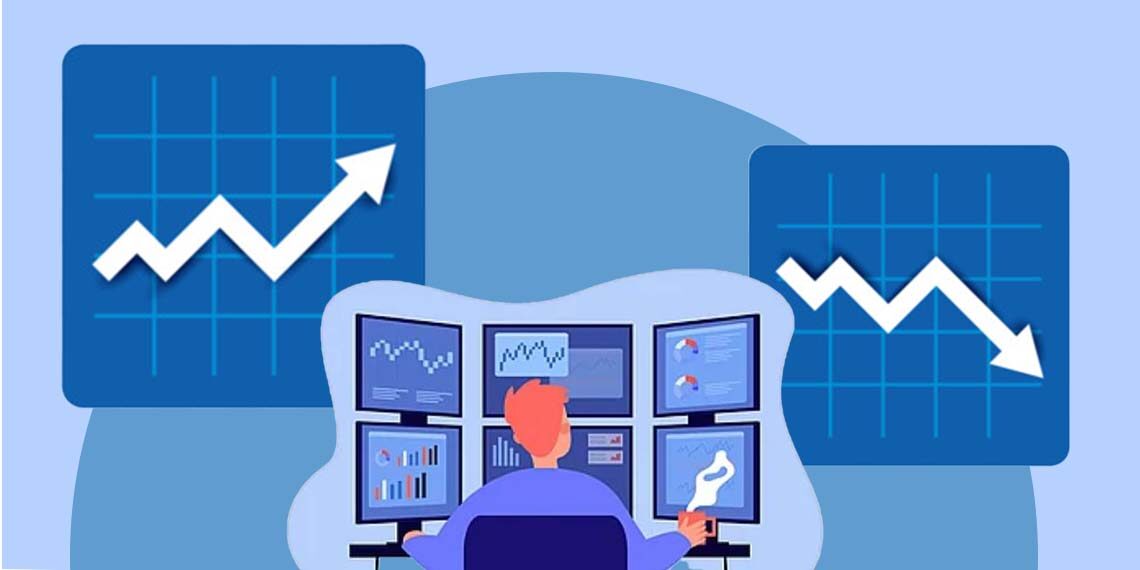We know traders spend their days chasing profits by buying and selling securities in financial markets. However, most of us don’t know how they make these buying and selling decisions and what their day entails.
For starters, traders differ based on their work, the volumes they handle, and their trading strategies. Research is an integral part of the day for those who execute manual trades. When they are not purchasing or selling stocks, they study the market and hear what experts have to say about the state of affairs.
Types of traders
Traders differ based on factors like holding periods and how they identify trading opportunities and place orders. Discretionary traders and system traders are two primary types of traders who vary based on how they find opportunities and execute trades.
Discretionary traders buy and sell stocks manually based on their research. On the other hand, system traders depend on technology to look for trading opportunities and execute trades.
Since traders have diverse working mechanisms, there is no single standard description of what a trader’s workday looks like.
However, here’s what a regular day in the life of a trader usually looks like:
Before trading hours
In India, trading hours begin at 9.15 AM. Around this time, most day traders research the previous day’s happenings to determine the state of the market. Using resources like newspapers, financial blogs etc., traders note the indices and judge the direction of movement of the market. Traders also scan economic calendars to know which financial reports are due that day. Once this research is done, they use analysis and trading platforms to initiate market activity.
Early market hours
Usually, volatility is high in the first thirty minutes of trading. Thus, many traders avoid buying or selling during this time. They then use trading plans, market activity, and intuition to identify trading opportunities. To earn profits, they must act quickly once they spot a potential opportunity.
Then, traders submit market orders using the order entry interface. Here too, traders differ in their strategy. While some may wait for positions to close before starting another trade, others may simultaneously keep looking for opportunities. Markets usually slow down by midday, and so do trade volumes. Thus, traders hope to make profits on their positions before midday.
Active market hours
Soon, markets become active again as volumes increase, and prices move once institutional traders return after lunch. Traders use this second phase to look for other trading opportunities before the market closes at 3:30 PM IST. Investors can purchase stocks at closing prices by placing orders between 3:40 PM and 4 PM. To avoid an end-of-day rush, traders try to enter positions as soon as possible and set a time limit after which they do not open new positions. By the end of trading hours, day traders close all open positions and cancel unfilled orders. This way, they end the day on a profit, loss or breakeven.
After market hours
As the market closes, traders look back a their day to understand what they did well and how they could perform better. They may also record all trade details in a trading journal to devise strategies in the future and improve their performance. They then start preparing for the next day.
Bottom Line
A typical day in the life of a trader is devoted to researching, understanding the prevailing market sentiment, and using technical indicators and simulated trading platforms to improve their order entry skills before making active trading choices.








